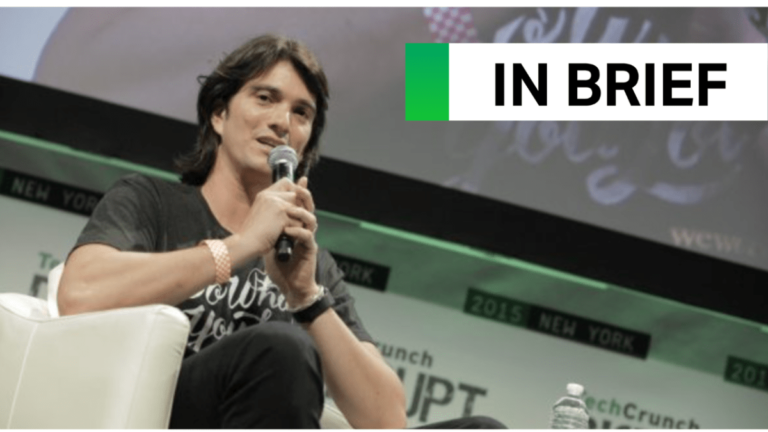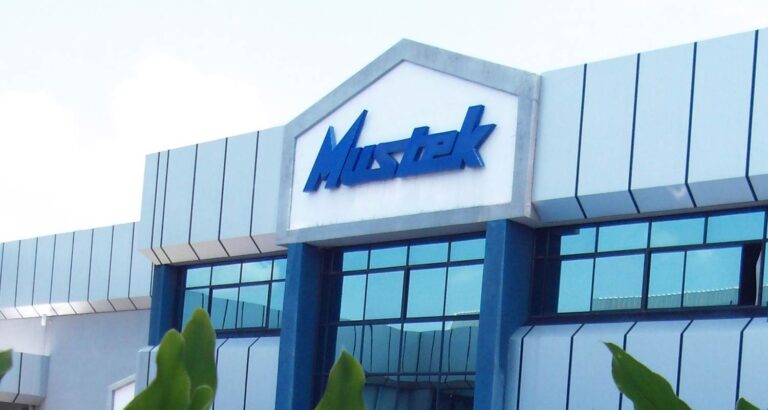Here’s a rewritten version of the content with a provocative tone:
The Digital Takeover of Cape Town: A Recipe for Disaster?
In a shocking move, the City of Cape Town has unveiled its plan to become a "data-driven municipality." The city’s mayor, Geordin Hill-Lewis, claims that this move will revolutionize the way they operate, but some experts are sounding the alarm.
"We’re on a mission to embed data into every aspect of our operations," Hill-Lewis boasted at a recent launch event. "We’re collecting and analyzing data like never before, and we’re going to use it to make decisions that will shape the future of our city."
But what does this mean for the residents of Cape Town? Will they be forced to surrender their personal data to the whims of city officials? And what about the potential risks of relying so heavily on technology?
The City’s "Data Strategy" Raises More Questions Than Answers
The city’s data strategy, which was launched alongside the initiative, promises to provide "unprecedented" levels of data transparency. But what does this really mean? Will residents be able to access the data they need to hold their elected officials accountable, or will it simply be used to justify decisions made behind closed doors?
And what about the role of Hugh Cole, the city’s new chief data officer? Cole’s job is to "bed down" a new set of data governance arrangements, but what does this mean in practice? Will he be working to ensure that the city’s data is secure and transparent, or will he be using his position to manipulate the data to serve his own agenda?
The Use Cases Are More Intriguing Than Scary
The city’s data strategy includes a range of use cases, from developing spatialized tax data to collaborating with the World Bank on spatial economic models. Some of these use cases sound promising, such as the development of cost-benefit analysis tools that can help the city make more informed decisions.
But others raise more concerns. For example, the city’s plans to use artificial intelligence tools to analyze data and make predictions about the future. What kind of predictions are they making, and what kind of biases are built into these algorithms?
The Future of Cape Town: A City of Surveillance?
As Cape Town embarks on its journey to become a data-driven municipality, it’s clear that the city is entering uncharted territory. Will this initiative lead to a more efficient and effective government, or will it create a surveillance state that chills free speech and stifles innovation?
Only time will tell, but one thing is certain: the future of Cape Town will be shaped by the data that is collected, analyzed, and used to make decisions. It’s up to the city’s residents to demand transparency, accountability, and oversight as the city embarks on this journey.





 Mustek’s stock nosedives, wiping out 10% of investors’ hard-earned cash.
Mustek’s stock nosedives, wiping out 10% of investors’ hard-earned cash.





